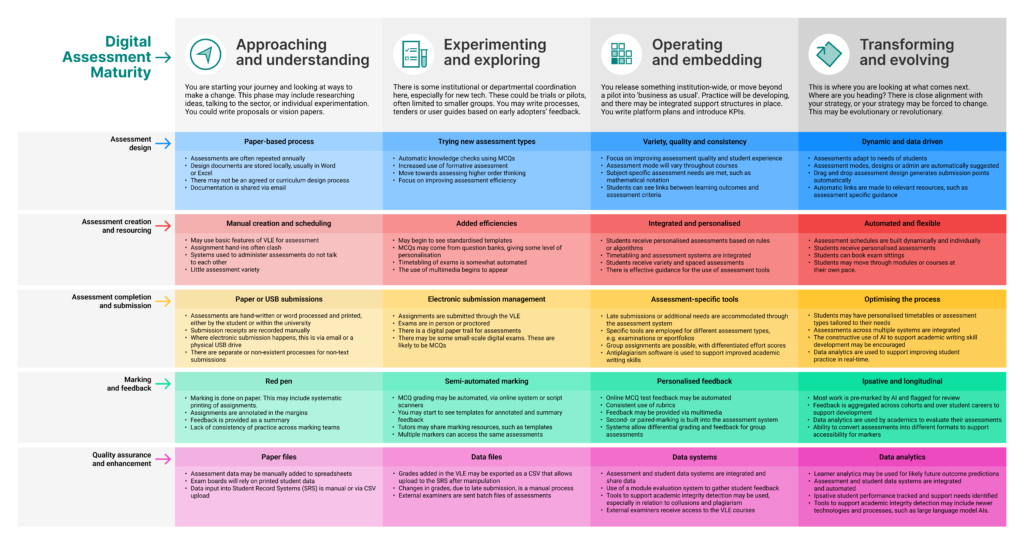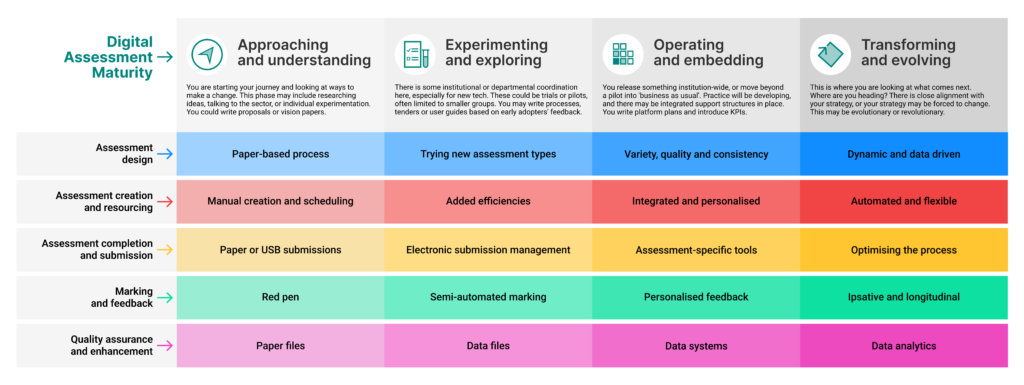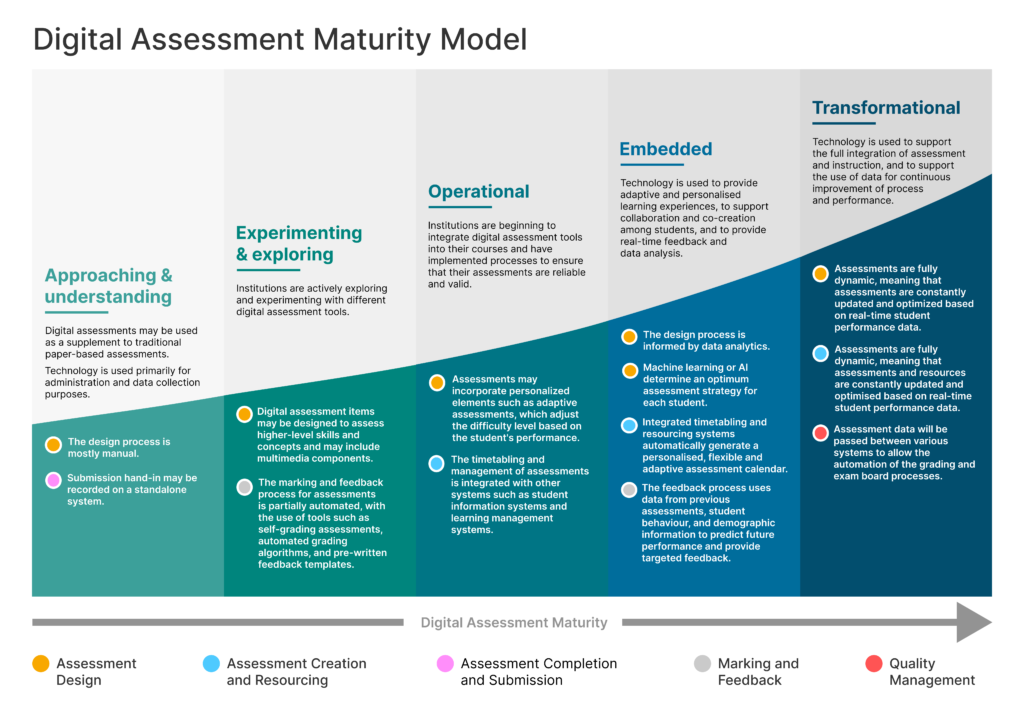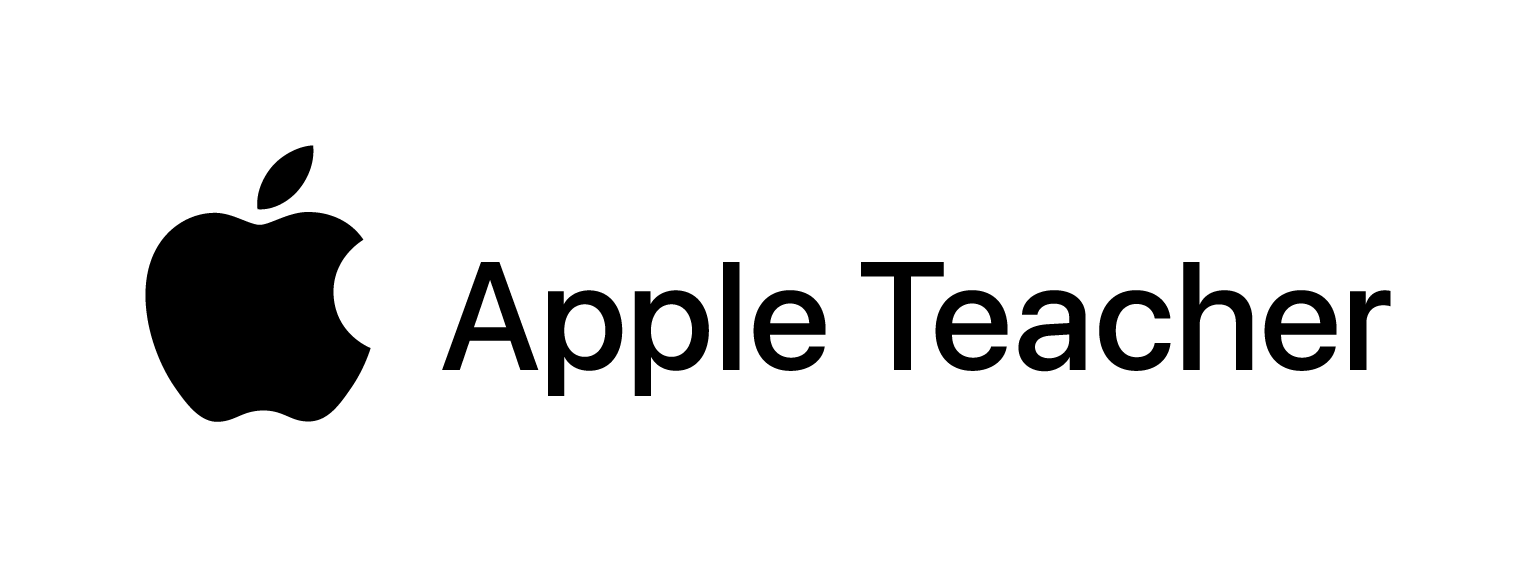A bead of sweat trickled slowly down my forehead. I wiped it away quickly before reaching for the bottle of water in front of me. Taking a quick swig, I wished it was something a little stronger. How did it come to this?
Across the table from me were two police officers. They couldn’t be more different if they were picked out of a cheap novel from an airport bookstore. One, the one who seemed to be in charge, stood up and walked around the room and leant against the wall in the corner. The shadows made it difficult to make out his features, but he was tall and lean. His hair was neat and face shaved smooth, and his demeanour quiet and reserved. He barely spoke throughout but when he did, his voice was deep, with the hint of a northern accent.
His partner was a talker, his arms emphasizing every point. He was unshaven, his hair dishevelled, and you could tell he was a couple of lucky life choices from sitting on the other side of this desk. His name was Smith, and he smelt of raspberry vape. His accent was local, and he was the sort of person who had never left London since the day he was born. You could see a glimpse of the West Ham crest peeking out from his rolled up sleeves.
Smith leant forward and lowered his voice. “I’m going to ask you again, where were you on the afternoon of 22 January? And this time I don’t want any excuses or bullshit. I want the truth.”
I looked him in the eyes “I was at uni. All day. I had lectures in the morning, then grabbed some lunch. I popped into Dr Yafiq’s office to ask him a question, then sat down with my laptop before my seminar at 3pm. After that had finished, I hung around for a while for questions, then I went home.”
“Would ya say that it was a busier day than normal?”
“No, it was pretty typical, I am normally rushed off my feet. At least I got lunch that day – but only because Dr Yafiq’s office is on the opposite side of the canteen.”
Smith looked at me, narrowing his eyes. “and what about the night before”
“I told you, I have a part-time job in a bar in the evening. I was there from 7pm until we closed up at about 11:30pm.”
“And after, I expect you went home, did you?” Smith asked
“Yes. I had some food at work at the beginning of my shift, so I went straight home. I had a quick look at my essays but decided I was too tired, so went to bed.”
“You see, somethin’ doesn’t quite add up for me. You had all this work to do, however many thousand words, and I can’t see how you could squeeze that into your busy life.” Smith said.
I squirmed in my seat. “I know it looks bad, but I didn’t do anything wrong. My life is really busy, I knew that it would be when I came here.”
“Too busy to do everything your meant to? Or do things get missed out?”
“I try to do as much as I can…”
“But there’s never enough time is there? Not if you wanna do a good job, eh?”
“I prioritise though – I make sure nothing comes before my work”
“And you have enough time to do that?” Smith raised an eyebrow.
“I try my best, I’ve always tried my best.” Smith stares at me. “No-one cares how hard you try. It’s about what’s on the fancy piece of paper at the end of day. So you do what you need to.”
Smith sits back in his seat and folds his arms. He stares intently at my face, studying every feature. He picks up a piece of paper, stares at it for a second, and then waves it towards me.
“It says here your submission day was on the 22 January too.”
“Um, yeah, if you say so,” I said.
“You know exactly when it was. You’ve got it written in your calendar.” He picks up another piece of paper from the file and points at it.
I lean forward to read it, but before I can, Smith pulls it away. “Would you say you are pretty organised?”
“I try to be, as much as I can.”
“Try to plan ahead, do ya?”
“I don’t really have a choice. You have to be otherwise you will sink.”
Smith stands up and walks around the table, and crouches next to me, his eyes at my eye level. I can smell the hint of raspberry on his clothes. His voice softens. “Tell me about this particular piece of work, I want to know all the details.”
“Erm, it’s just one of the things I have to do. Professor Blenkinsop told us we needed to do it. It’s 5000 words. A reflective account.”
“Go on…”
“Well, it is like four parts, four different examples. They said we should write about a thousand words for each part, and then a thousand words for the introduction, conclusion and overall reflections.”
“How long have you known you’ve had to do it?” Smith puts his hand on my shoulder. “It’s okay.”
“I’ve had the deadline in my calendar for months.” I look down. I can feel myself getting upset. I choke it back. “It’s not like they help though. Yes, they give you ‘advice’ about what to write and how to structure it, but not once did anyone check to see if I had done it right. I don’t know how to write these things, it’s not my fault.”
Smith pauses. He glances at his watch. “What help did you want?”
“I don’t know. Anything. Like someone to read a draft or something. None of us knew how to write reflectively. We hadn’t done anything like this before. If it was an essay, that’s fine. I know how to write an essay, I am good at writing essays, but not this.”
“Were there opportunities to meet with someone to discuss your work before you submitted?”
“Yeah, but not when I could go. I was busy every time. It’s not like they were at times I could make. We kept getting reminders there were help sessions but none of us could ever get there because we had lectures or whatever.”
“So what you are saying is that you really didn’t have a choice? You were forced into cheating”
“No, no that’s not what I’m saying… I, er, it’s just that it’s tough. It wasn’t on purpose. I didn’t try to cheat anyone, I just needed help that I couldn’t get at the uni.”
Smith stroked his chin. “So you felt helpless then?”
I shook my head. “Well, no. But. Look, it is complicated. It’s the same assessment as they’ve had for years. I spoke to other people who did it last year and they said it was a tick box exercise. I mean, if I’m not going to learn from it, why should I care? There’s loads of stuff online about it, from other unis. I mean, I looked at that stuff, that isn’t a crime.”
“No, it isn’t. But what you did was, wasn’t it?”
“You keep saying so. You are assume it is, but I don’t think it is that clear”
The officer in the shadows shifted his position. Smith glanced over his shoulder at him, nodded and turned back to me.
“So why don’t you tell us? What did you do?”
“Well, I had heard about this AI thing that will give you an answer when you ask it a question.”
“And…” said Smith.
“And I was playing around with it, and was testing it out different questions to catch it out.”
“So it was a bit of a game then?”
“Well kind of. It seems really clever. I don’t know how it works, something to do with scanning the internet and working out the best possible answer to a question.” I took a deep breath. “So I thought it might be a good idea to test it on my work.”
“Can you tell me what happened then?”
“Well, the answer it gave was pretty good. You can change what you ask it and it will run the answer again and results come out even better.”
“So what did you do?”
“Well I asked more questions and gathered together all the answers, put them in a Word doc, and edited them together”
“So what you’re saying is you let a machine come up with all your answers. You didn’t do the work at all?”
“No, I did the work. I asked the right questions, I edited and rewrote the answers. It’s my work.”
“If I had done the same, would I have come up with the same answers?”
“No, probably not. You might have worded your questions slightly differently, and anyway, the answers come out different each time.”
“Like when someone is plagiarising something, they change a few words here and there…?” Smith left the question hanging.
“I don’t know about that, but this was my work. I added my own reflections in there and changed the details.”
“But what you are saying is this AI did the heavy lifting?”
“Yes.” I took a deep breath. “It wasn’t cheating. It wasn’t like I had copied someone.”
“You know these are serious allegations”.
I looked down. “I know.”
“I wouldn’t say you’ll be unemployable, but I know McDonalds are getting pickier about who they hire”
“I’m pretty much unemployable anyway. Universities hardly hold the kudos they used to.”
The tall, lean officer moves out of the shadows and taps his colleague on the shoulder. They swap places in the seat. It is a smartly choreographed move like they had done this many times before.
“I don’t think I properly introduced myself. My name is Kitchener. I just want to get the bottom of this so we can all move on.”
“I want that too,” I said.
“Should I tell you how this AI gets to be so clever?”
“Erm, okay”
“Well, it scrapes the entire internet. Gathering up everything anyone has ever written and published. Millions and millions of words. Then it does some clever mathematics and works out what word is the most likely to come next. So when you ask it a question, it just calculates the probability that this string of words is most likely to come in that order.”
“I didn’t know that”
“And here’s the thing. It doesn’t know what any of the words mean. It hasn’t a clue. In fact, it doesn’t care. It knows that if the first word is ‘red’, it has to decide whether the next word is ‘bus’ or ‘tomato’.”
“A bit like autocorrect?”
“Yes, something like that… but really it’s just copying whatever everyone else has written.”
“But what does that mean for me?”
Kitchener straightened out his jacket. “Ah yes, I was getting to that. So what I’m saying is that you used AI to copy other people’s work. You didn’t know, or care, whose work you copied either. There are no references, no attribution. These were other peoples’ words.”
“But it’s not like that…”
Kitchener jumped in before I could finish. “More than that, you did it because you could.”
“I… I…”
He adjusted the cuffs under his suit jacket. “In this game, we talk about crimes needing three things: a motivation, a means, and an opportunity. Do you understand?”
“Er… yes”
“Well, let me run this past you. You are tired, overworked without the time to do your work to a high enough standard: motivation. You heard about this new tool that will write thousands of words for you with a little prompt: means. And as you said yourself, the work was ‘a tick box exercise’ and didn’t really matter: opportunity. What do you say?”
I sat there blinking.
Smith leaned over, “Ain’t that a pickle.”
[Fade to black]
Epilogue: Dr Jones received a formal warning on her HR record and resubmitted her Advance HE Senior Fellowship application after re-writing in her own words. She was successful. She has since left her HPL role and found a permanent job at another university. She no longer works part-time in a bar.






